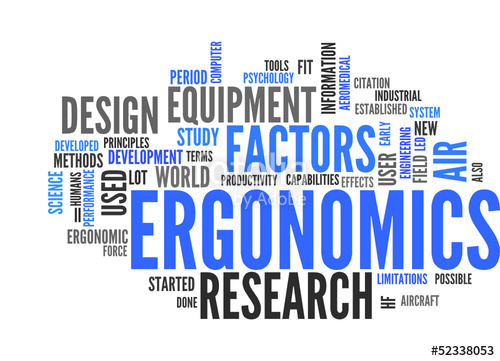
Ergonomics is the science of fitting jobs to the people who work in them. Adapting the job to a worker can help reduce ergonomic risk factors and address potential ergonomic disorders, such as: carpel tunnel syndrome, trigger finger, tendonitis.
Ergonomics focuses on the work environment and items such as the design and function of workstations, controls, displays, safety devices, tools and lighting to fit the employee’s physical requirements, capabilities and limitations to ensure his/her health and well-being. It may include restructuring or changing workplace conditions to reduce stressors that cause musculoskeletal disorders (MSDs).
Ergonomics promotes a holistic approach in which considerations of physical, cognitive, social, organizational, environmental and other relevant factors are taken into account.
For additional information, please see Ergonomics: The Study of Work by the US Department of Labor- Occupational Safety and Health Administration
